Eurozone’s economic outlook appears increasingly gloomy as latest PMI readings for manufacturing and services sectors disappoint, suggesting further contraction may lie ahead. Manufacturing PMI declined to 42.7 in July from 43.4, a 38-month low and below expectations of 43.5. Simultaneously, Services PMI dropped to a 6-month low of 51.1, short of the projected 51.5, and down from 52.0. Composite PMI, reflecting both sectors, sank to an 8-month low of 48.9, down from 49.9.
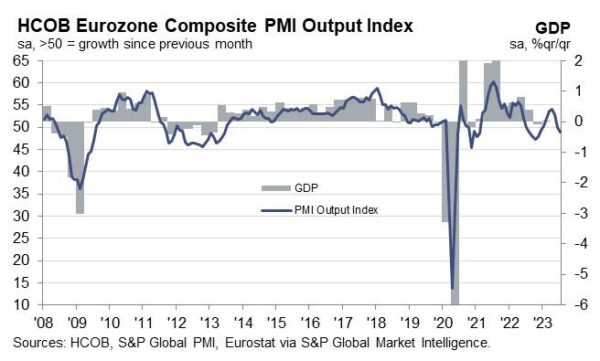
Cyrus de la Rubia, Chief Economist at Hamburg Commercial Bank, expressed his concern, stating, “Manufacturing continues to be the Achilles heel of the eurozone. Producers have cut their output again at an accelerated pace in July, while the services sector’s activity is still expanding, though at a much slower rate than earlier in the year.” He further warned, “The eurozone economy will likely move further into contraction territory in the months ahead, as the services sector keeps losing steam.”
This less than encouraging data will surely unsettle ECB, as cost pressures in the private sector remain persistent, particularly in the substantial services sector. “The latest PMI reading is not going to please ECB officials…Thus, ECB president Christine Lagarde will certainly stick to her guns and hike interest rates by 25 bp at the next monetary meeting at the end of July,” de la Rubia explained.
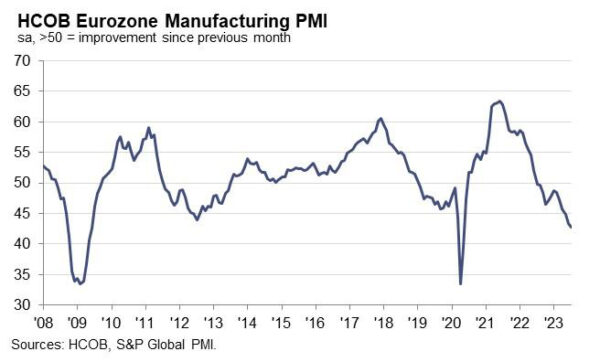
Meanwhile, France’s manufacturing PMI slid to a 38-month low at 44.5, down from 46.0, while its services PMI fell to 47.4, a 29-month low, from 48.0. The composite PMI followed suit, dropping to a 32-month low at 46.6, dowm from 47.2.
Germany’s manufacturing PMI took a dive from 40.6 to 38.8, also a 38-month low. Services declined to a 5-month low at 52.0 from 54.1, and the composite PMI fell to an 8-month low of 48.3, down from 50.6.
Full Eurozone PMI release here.




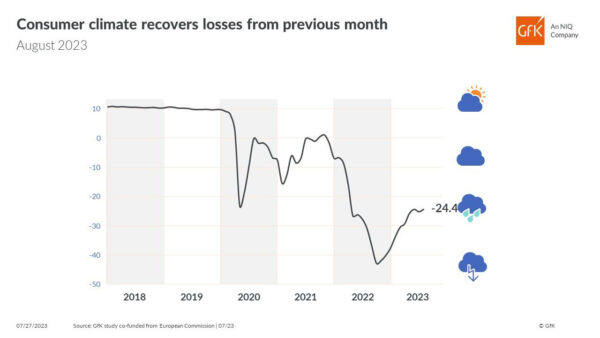
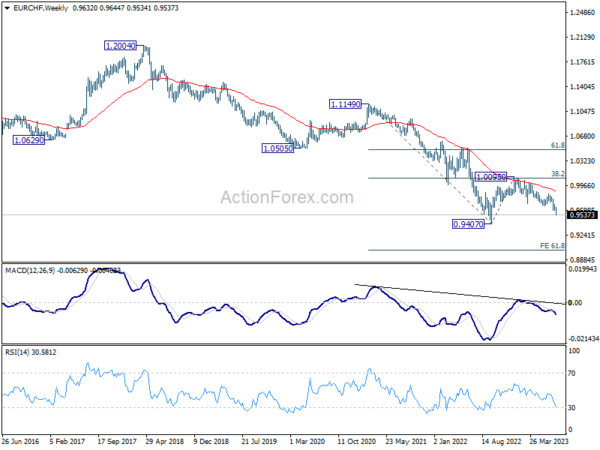
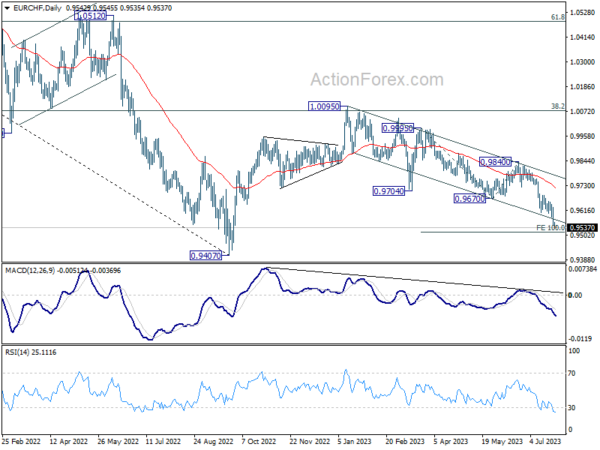
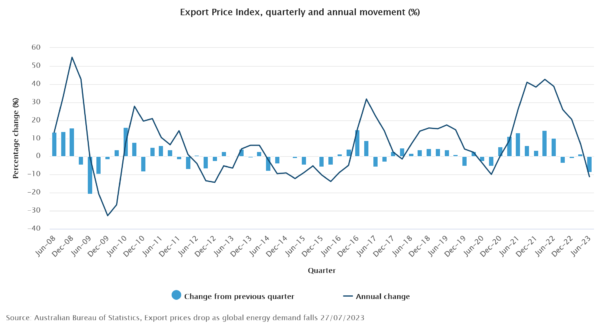
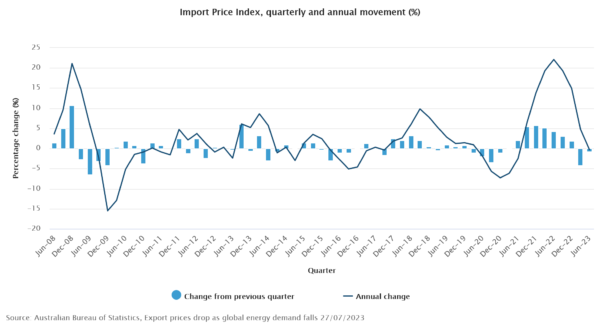
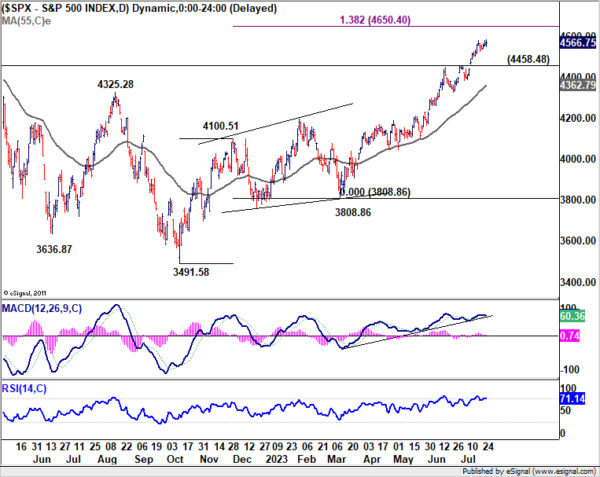
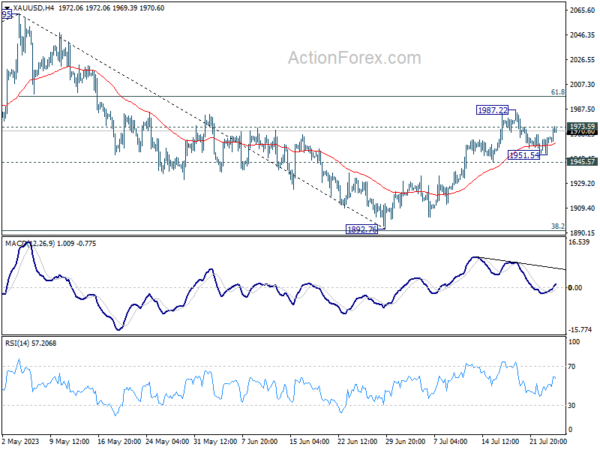
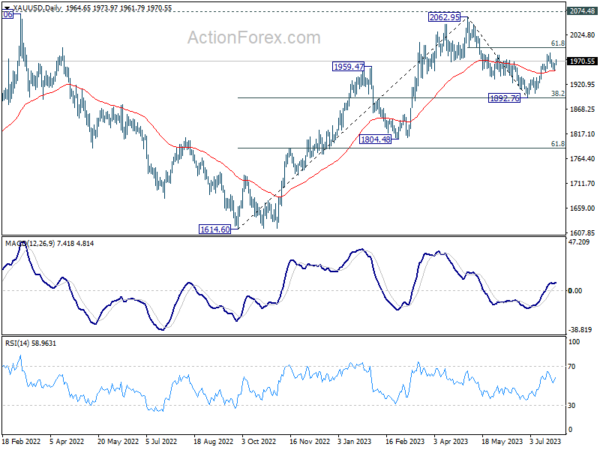
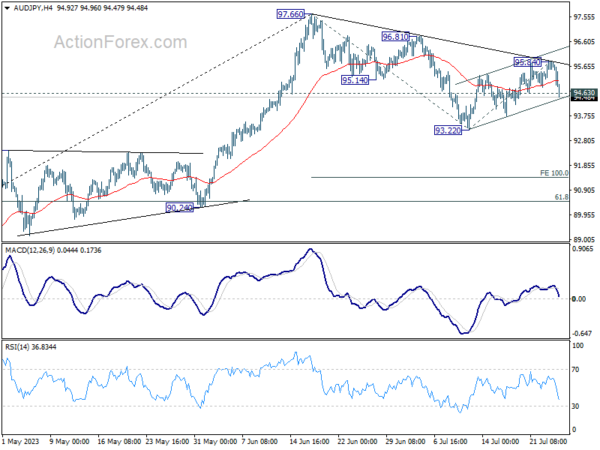

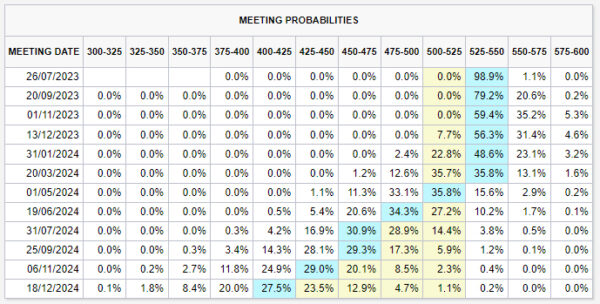

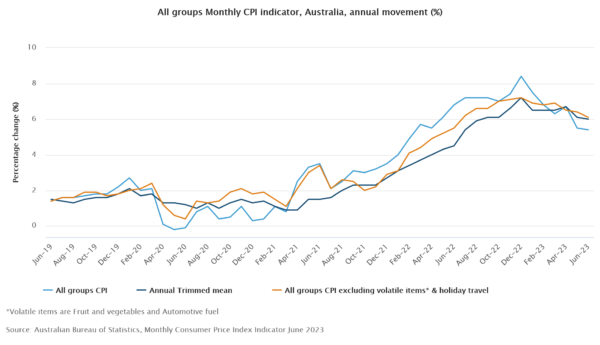
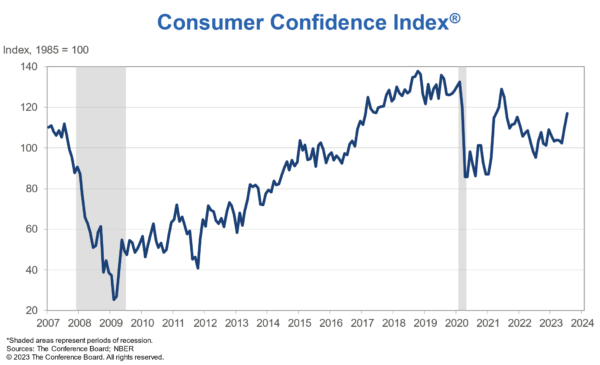
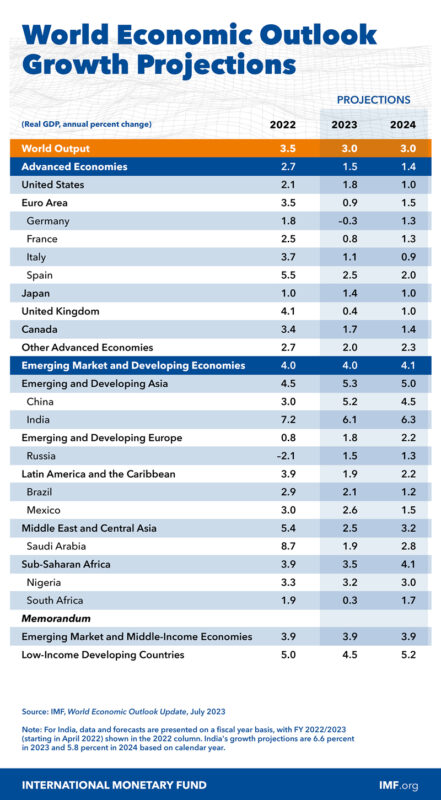
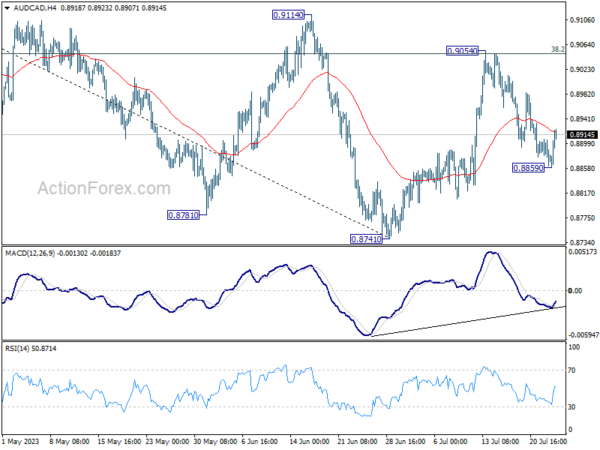
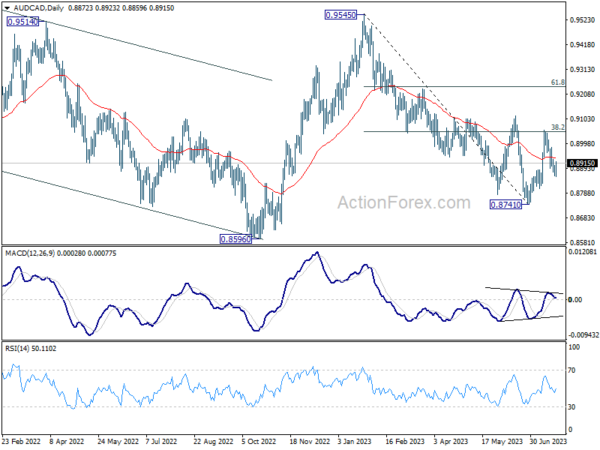
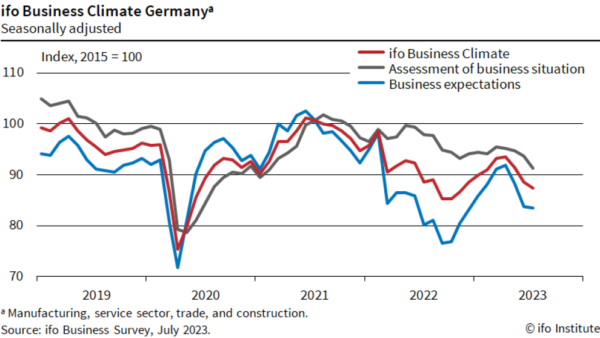
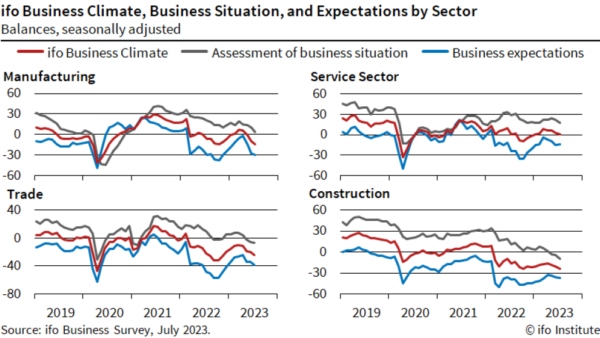

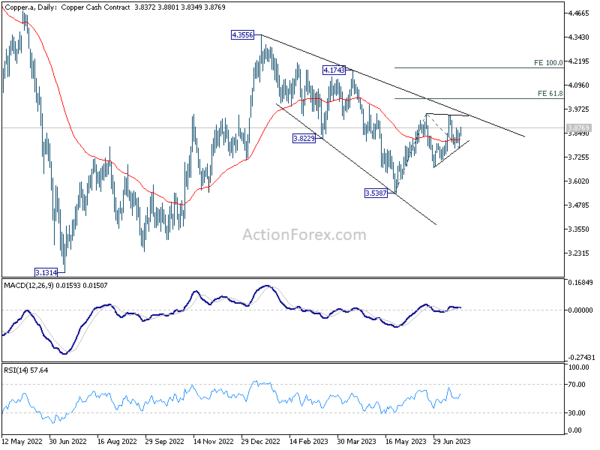
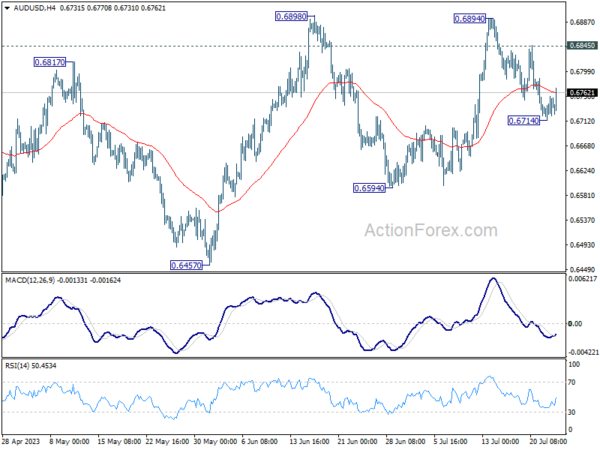
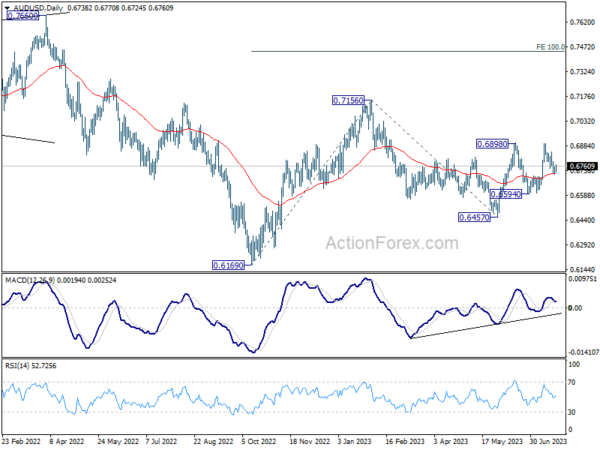
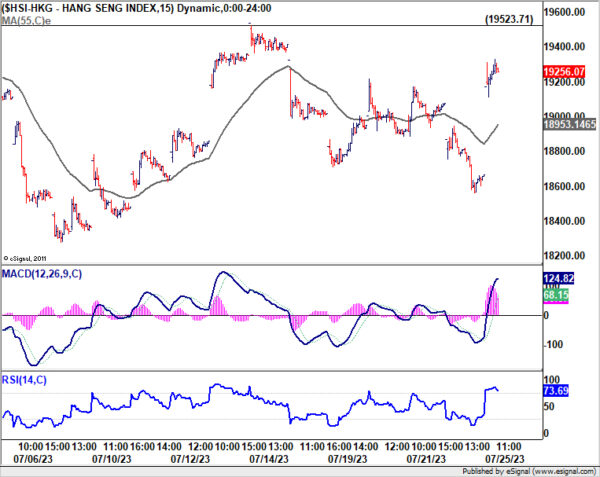
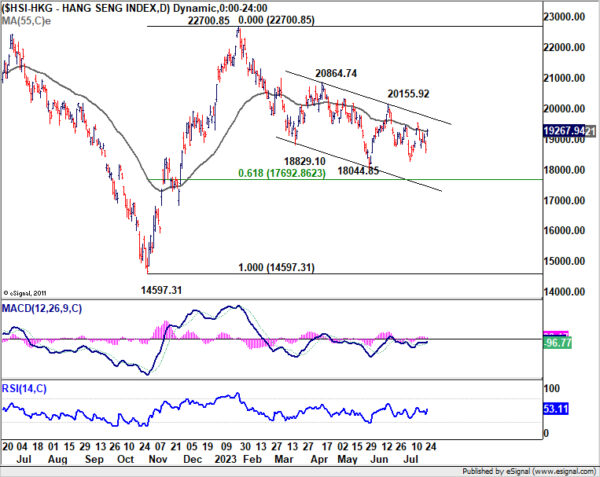
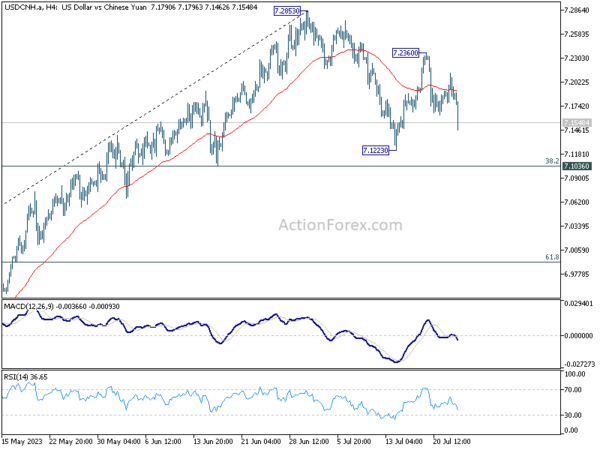
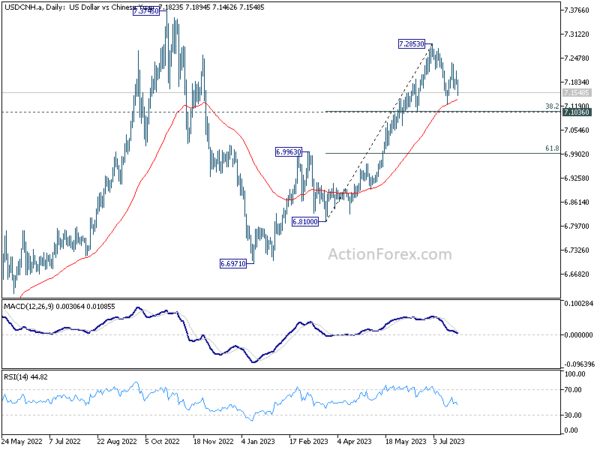
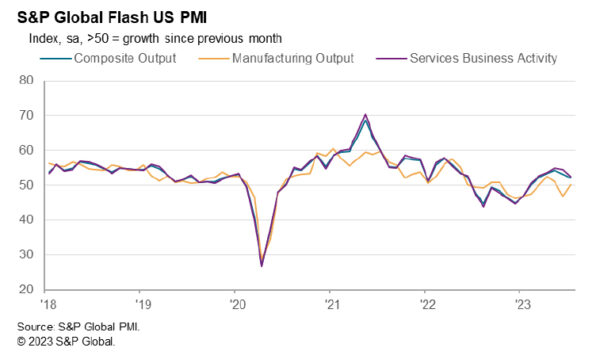
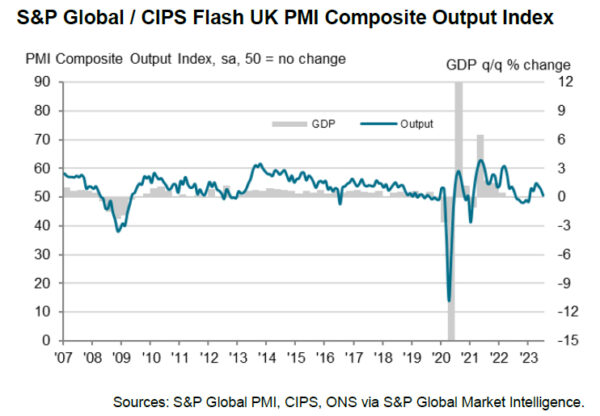



ECB hikes 25 bps, maintains data-dependent approach
ECB sticks to the script and delivers another 25bps hike on its three key interest rates today, meeting market expectations. The main refinancing, marginal lending, and deposit rates now stand at 4.25%, 4.50%, and 3.75% respectively, effective August 2.
In its statement, the ECB highlighted the ongoing concerns around inflation, indicating it was poised to remain “above the target for an extended period”, despite expectations of a decrease over the remainder of the year. It also noted that while some measures showed signs of easing, “underlying inflation remains high overall.”
ECB reiterated that it is committed to setting interest rates at “sufficiently restrictive” levels “for as long as necessary”. Stressing the bank’s ongoing commitment to a data-dependent strategy, it added, “The Governing Council will continue to follow a data-dependent approach to determining the appropriate level and duration of restriction.”
Full ECB statement here.